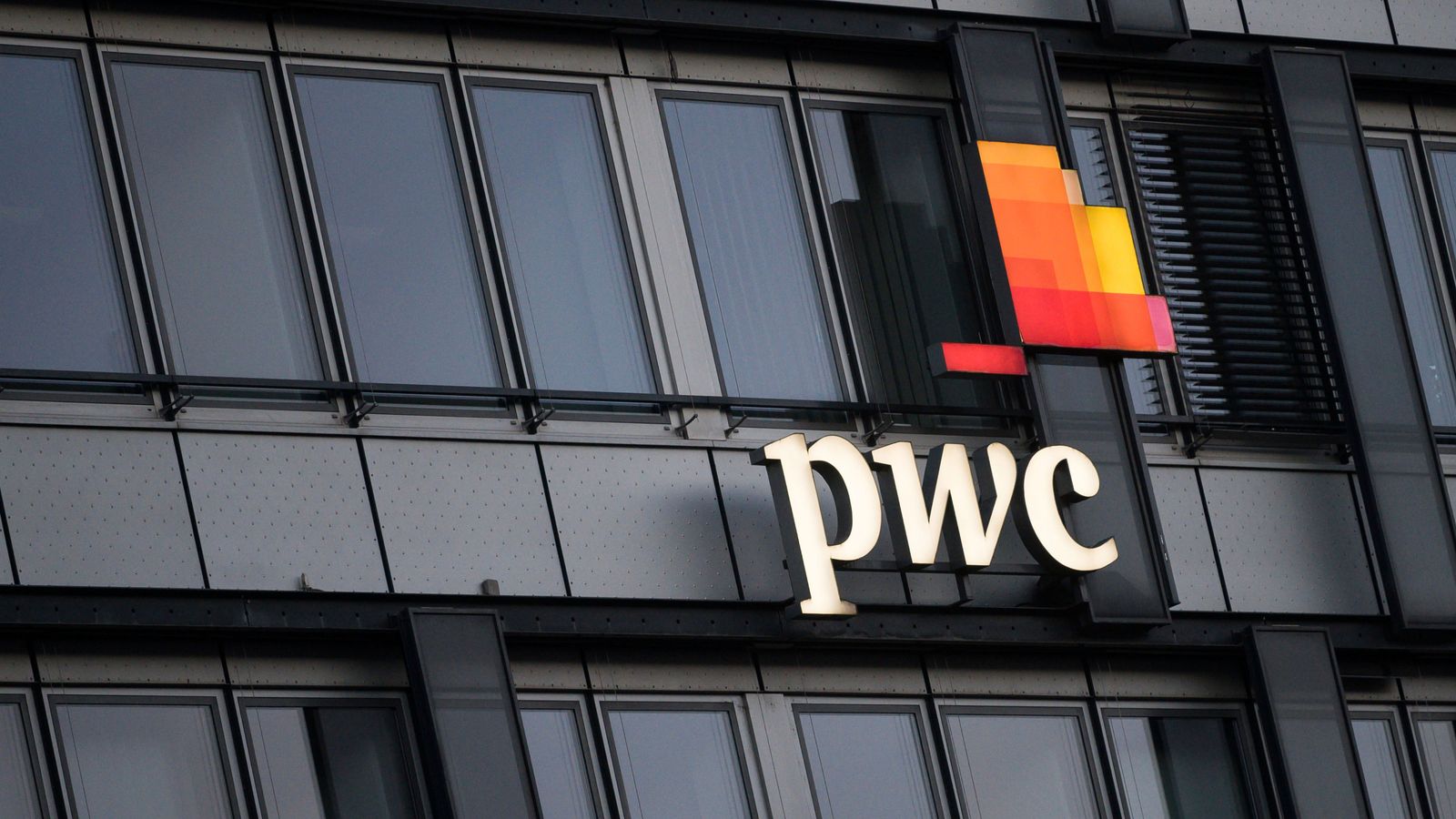For nearly a century, putting your savings in a federally insured bank has been a sure thing: If the institution fails, up to $250,000 of your money will be protected.
What if it isn’t anymore?
The promise of bank insurance — a tenet of U.S. consumer protection since the Great Depression — is now being tested by a crisis that revolves around online-only lenders with hundreds of millions of dollars in deposits between them. Customers’ accounts have been frozen, preventing people from withdrawing their life savings. Most depositors have little idea where their money has gone and whether they will ever get any of it back.
The turmoil was triggered this spring by the bankruptcy of Synapse Technology, the kind of company you’ve probably never heard of unless you’ve been painstakingly poring over the fine print on your bank statements. It operated banking software for fast-growing online lenders with names like Juno, Yieldstreet and Yotta.
Backed by some of Silicon Valley’s biggest venture capitalists, the startups offer accounts that charge lower fees and pay much higher interest than traditional brick-and-mortar banks. Their slick websites advertise insurance from the Federal Deposit Insurance Corporation, the U.S. agency that promises to pay out lost funds.
Unlike boring brick-and-mortar institutions, the group’s argument is that banking can be downright fun. “Play. Win big,” says Yotta, who pitches a lottery-like system that boosts returns for a few lucky customers.
This model is increasingly popular — especially among people in their 20s and 30s — and cool.
The problem is that while these startups may look and feel like banks, they are not. They simply collect money from customers and pass it along through fintech intermediaries like Synapse to traditional banks that may have only one physical branch and minimal online presence. The banks, including Evolve Bank & Trust of West Memphis, Ark., according to the filings, are the ones actually handling depositors’ money.
If one link in this sequence is broken, it can become extremely difficult for people to access their funds.
When it filed for bankruptcy in the spring, Synapse said it had just $2 million in cash on hand and owed much more than that.
Shortly thereafter, account holders at Juno, Yotta and elsewhere, with nearly $300 million in accumulated deposits and no direct relationship with Synapse, were unable to access their money.
The only one of the aforementioned crew that is actually a chartered bank, and therefore covered by FDIC insurance, is Evolve. And since Evolve itself did not fail, the online lender’s customers were not eligible for automatic federal bank insurance.
“It’s truly unprecedented,” said Jason Mikula, a former Goldman Sachs product manager who now writes a financial newsletter. “There’s no direct legal authority for the FDIC or any other agency to intervene.”
The companies involved point the finger at each other. Yotta, which has repeatedly advertised its products as “FDIC insured,” told customers it had no power to help because it didn’t own any of the money. Synapse founder Sankaet Pathak blamed Evolve, writing in a Medium post that it was “unnecessary and punitive” for the bank to freeze the funds. Neither Mr. Pathak nor representatives for Juno and Yieldstreet responded to requests for comment.
Yotta founder Adam Moelis, the son of prominent investment banker Ken Moelis, said he took responsibility for trying to resolve the situation but not for causing it: “The responsibility of the banks and Synapse was to store and move money and conduct appropriate oversight.”
He added: “This is basic stuff. While we feel terrible about the impact this has had on our customers, the fact that these parties have failed to account for and reconcile tens of millions of dollars is not our fault.”
Even to experts, what happens next is unclear. While some of the $300 million frozen in bank accounts has been released to customers, according to filings in Synapse’s bankruptcy case, the trustee appointed by the defunct company told the court that there is a “shortfall” of as much as $95 million in the funds Synapse managed for creditors.
Thomas Holmes, a spokesman for Evolve, said that while awaiting court guidance, the bank was withholding $46 million of the funds because it discovered “numerous significant discrepancies” in Synapse’s paperwork.
The bankruptcy court judge said he suspects tens of millions of dollars will never be found but is powerless to compel regulators to get involved. “This is a very, very unusual situation,” Judge Martin R. Barash said at a hearing last week.
The ones left twisting in this Möbius strip of blame are the customers, whom these lending startups call “end users.” To have a chance of getting their money back, they first need to find out who has it.
Many were told at one point that they had debit cards and accounts at Evolve, but now discovered that it was another, unidentified bank that had their money. Evolve’s Mr. Holmes said the bank “transferred all end-user funds” to other banks at Synapse’s request, but declined to identify them. “It’s complicated,” he wrote in an email on Friday, declining to elaborate further.
In interviews, customers were shocked to learn they were not eligible for immediate federal insurance.
“To me, it all looked like a regular bank,” said Erick Baum, 45, an information technology professional in Sacramento who transferred about $30,000 of his savings from JPMorgan Chase to Yotta after hearing about it on a popular financial advice channel on YouTube.
Mark Hingle, a paramedic in Gretna, Louisiana, was angered that regulators had not stepped in, even though they had been quick to help struggling lenders that cater to wealthy customers like Silicon Valley Bank and First Republic last year. In those cases, depositors gained access to their accounts within days after regulators organized auctions of the failed banks and deployed federal insurance funds.
“I didn’t play with this money,” said Mr. Hingle, 33, who has $60,000 tied up and said he could not afford back surgery without access to his savings. “I thought this was a bank that was FDIC insured.”
Representatives for the FDIC and the Federal Reserve, the top banking regulator, declined to comment. An FDIC spokesman pointed to a letter the regulator sent to the bankruptcy trustee saying it found Synapse’s collapse “deeply troubling” and that it had responded to more than 1,000 complaints and inquiries from those who were unable to access their funds.
At Synapse’s bankruptcy hearing last week, one depositor, who said she was about to sell her home to pay her bills, noted that she had filed dozens of requests for help with the F.D.I.C. The agency’s only response, she said, was a copy of the answers to “Frequently Asked Questions.”
Another depositor said, “The FDIC has shifted responsibility to the consumer.” A third previously told the court he was considering self-harm.
Judge Barasch said he had no answers. He suggested that the depositors could hire their own lawyers to sue the parties involved.





